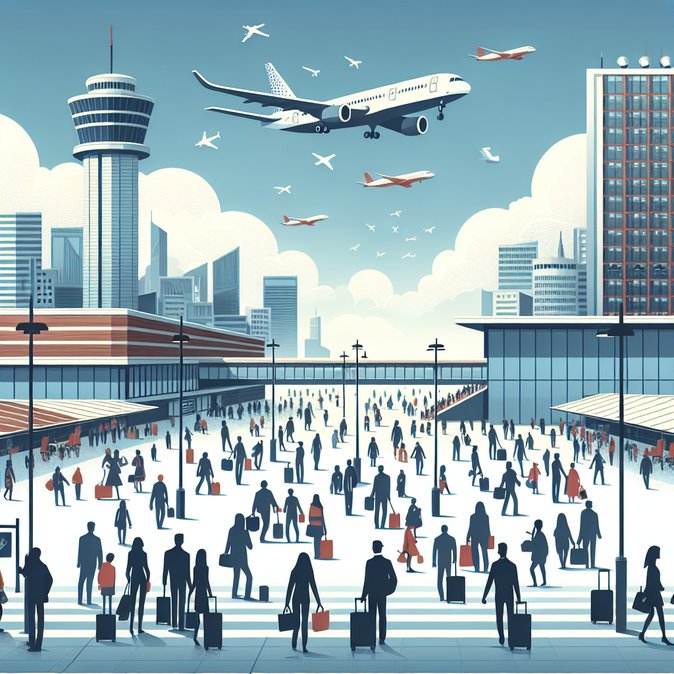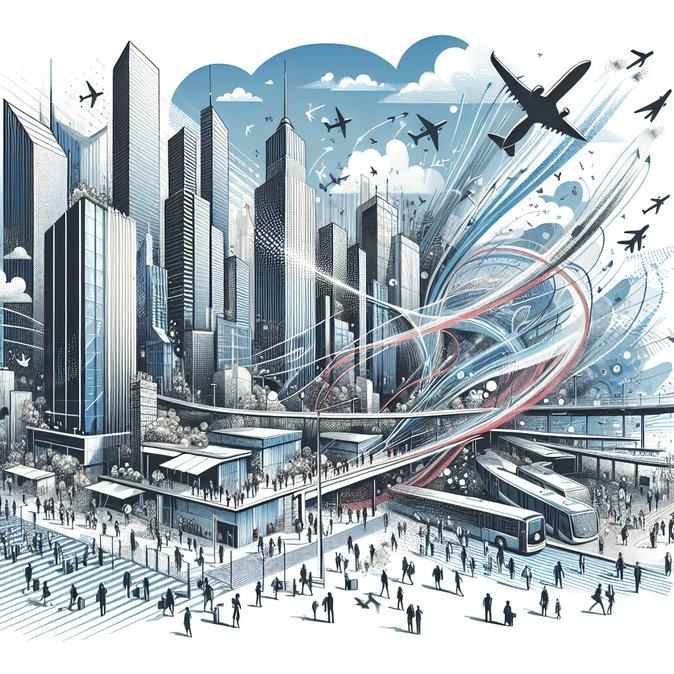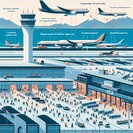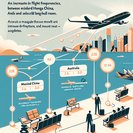
Hong Kong’s tourism and business-travel recovery shifted up a gear this week after the Hong Kong Tourism Board released provisional figures showing 41 million arrivals between January and October 2025, a year-on-year jump of 12%. Mainland China remained the city’s backbone market, contributing 31.44 million arrivals (up 11%), but the bigger story for multinational companies was the 16% surge in non-mainland visitors to 9.62 million. Short-haul regional markets rose 18%, while long-haul segments—traditionally driven by corporate travellers and high-yield tourists—grew 19%.
This momentum matters for global mobility managers because steady visitor growth is typically a bell-wether for airline capacity, hotel rates and the availability of serviced apartments for assignees. Travel analysts note that Cathay Pacific and HK Express have already restored more than 80% of their pre-pandemic schedules, and occupancy on key trunk routes such as Singapore, Tokyo and London is now approaching 2019 levels. Employers planning cross-border projects into Hong Kong over the next two quarters should anticipate fuller flights around peak periods such as Christmas and Chinese New Year and secure inventory early.
![Hong Kong Welcomes 41 Million Visitors in First 10 Months of 2025, Up 12%]()
The numbers also reinforce government confidence in recent talent-attraction schemes. Officials point out that rising overseas leisure and business arrivals generate the “halo effect” of repeat visits, scouting trips and, eventually, longer-term relocations under the Top Talent Pass or Quality Migrant Admission Scheme. The 41 million tally means Hong Kong is tracking close to the Tourism Board’s full-year target of 50 million arrivals.
Hospitality operators are responding quickly. Several new hotels around the West Kowloon high-speed-rail terminus are offering corporate long-stay packages, and serviced-apartment providers have re-introduced free shuttle services to Central to compete for expat tenants. Airport Authority Hong Kong, meanwhile, says it will open two additional ‘self-service documentation’ lanes for frequent travellers in early 2026 to handle the growing flow.
For business-travel buyers, the message is clear: Hong Kong is back on the itinerary. Airfares in premium cabins are 8–12% higher than a year ago, and meeting-space demand has tightened, particularly in Q1 2026 when the city will host Art Basel, the Asian Financial Forum and Rugby Sevens within a six-week window. Companies with mobility budgets should lock in negotiated rates now and brief travelling staff on the likelihood of busier immigration halls and longer taxi queues during peak events.
This momentum matters for global mobility managers because steady visitor growth is typically a bell-wether for airline capacity, hotel rates and the availability of serviced apartments for assignees. Travel analysts note that Cathay Pacific and HK Express have already restored more than 80% of their pre-pandemic schedules, and occupancy on key trunk routes such as Singapore, Tokyo and London is now approaching 2019 levels. Employers planning cross-border projects into Hong Kong over the next two quarters should anticipate fuller flights around peak periods such as Christmas and Chinese New Year and secure inventory early.

The numbers also reinforce government confidence in recent talent-attraction schemes. Officials point out that rising overseas leisure and business arrivals generate the “halo effect” of repeat visits, scouting trips and, eventually, longer-term relocations under the Top Talent Pass or Quality Migrant Admission Scheme. The 41 million tally means Hong Kong is tracking close to the Tourism Board’s full-year target of 50 million arrivals.
Hospitality operators are responding quickly. Several new hotels around the West Kowloon high-speed-rail terminus are offering corporate long-stay packages, and serviced-apartment providers have re-introduced free shuttle services to Central to compete for expat tenants. Airport Authority Hong Kong, meanwhile, says it will open two additional ‘self-service documentation’ lanes for frequent travellers in early 2026 to handle the growing flow.
For business-travel buyers, the message is clear: Hong Kong is back on the itinerary. Airfares in premium cabins are 8–12% higher than a year ago, and meeting-space demand has tightened, particularly in Q1 2026 when the city will host Art Basel, the Asian Financial Forum and Rugby Sevens within a six-week window. Companies with mobility budgets should lock in negotiated rates now and brief travelling staff on the likelihood of busier immigration halls and longer taxi queues during peak events.





